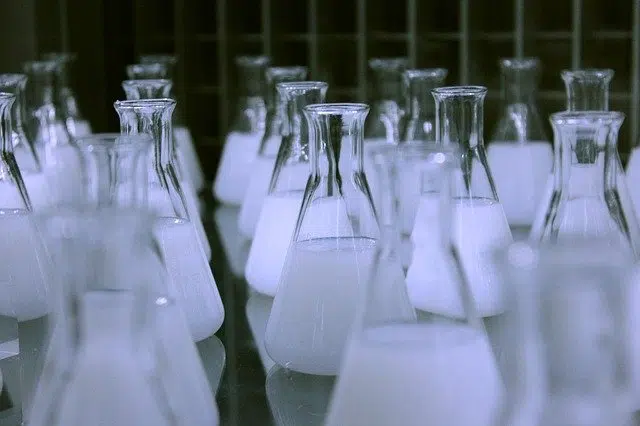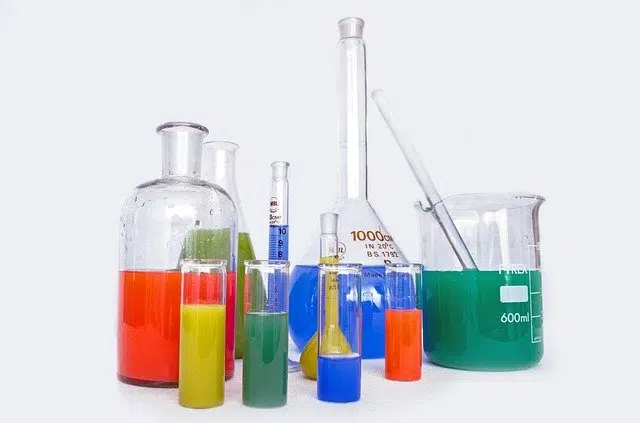
Molarity indicates the number of moles of solute that are dissolved in one liter of solution.
Molarity reflects the concentration of a solution, indicating the number of moles of solute that appear dissolved in each liter of the mixture .
A mole , on the other hand, is the portion of substance in a system that houses the same level of elemental entities as the atoms contained in 0.012 kilograms of carbon-12 .
What is molarity
Also referred to as molar concentration , molarity indicates how concentrated the solute is in the solution. Thus, molarity reveals how many moles of solute are in each liter of solution .
It can be said, therefore, that molarity is equal to the number of moles divided by the volume of the solution:
Molarity = Number of moles of solute / Volume of solution
M = n/V
Although various units can be used, mol/l (equivalent to mol/dm3 ) is usually used to refer to molarity. This unit is usually expressed as a molar , with an M as a symbol.

To calculate molarity, you must divide the number of moles by the volume of the mixture.
The difference with molality
It is important not to confuse molarity with molality . Molality refers to the number of moles of solute in one kilogram of solvent ( Molality = Number of moles of solute / Mass of solvent ).
Molarity, being linked to the volume of the solution, depends on pressure and temperature. Therefore, changing the pressure or temperature also changes the volume and, therefore, the molarity. This is not the case with molality, which can be measured more accurately.
To avoid this inconvenience, it is common that, when working with molarity, factors or coefficients are used to correct the temperature .
Notions associated with the idea of molarity
Let's see below some concepts that we should take into account to address the issue of molarity:
* A mixture that has a uniform composition is called a homogeneous mixture or solution ;
* The opposite concept to the previous one is known as a heterogeneous mixture ;
* The substance that is found in the greatest proportion within a mixture is called the solvent , and is complemented by the solutes ;
* One of the various applications or uses of molarity is to perform conversions between the volume of the solution and the mass or moles of solute.
Some examples
In our daily lives we encounter substances that are made up of several elements all the time. In fact, we ourselves are a mixture, one that contains more than 50 percent water , a fact that is truly fascinating. Broadly speaking, we can say that we are made up of a series of biological molecules, ions and inorganic gases that, in turn, are dissolved in water.
If we mix substances in such a way that throughout the entire sample it is not easy to distinguish one from another, regardless of the state of matter, the result is a homogeneous mixture, as mentioned above. Its content may contain gases, liquids and solids, or a combination of them; Precisely, when we want to express the magnitude of a certain species we talk about its concentration .
Expanding the concept of solute a little, we can say that it is any chemical species that is mixed in a solvent, and it can also be a gas, a liquid or a solid. One of the most common examples is the Earth's atmosphere, where you can see 78 percent nitrogen gas , 21 percent oxygen gas and only 1 percent carbon dioxide, argon and other gases. Using the previous knowledge, we could say that the atmosphere is a solution (that is, a homogeneous mixture ) in which the solvent is nitrogen gas and the solutes are argon, carbon dioxide and oxygen.
